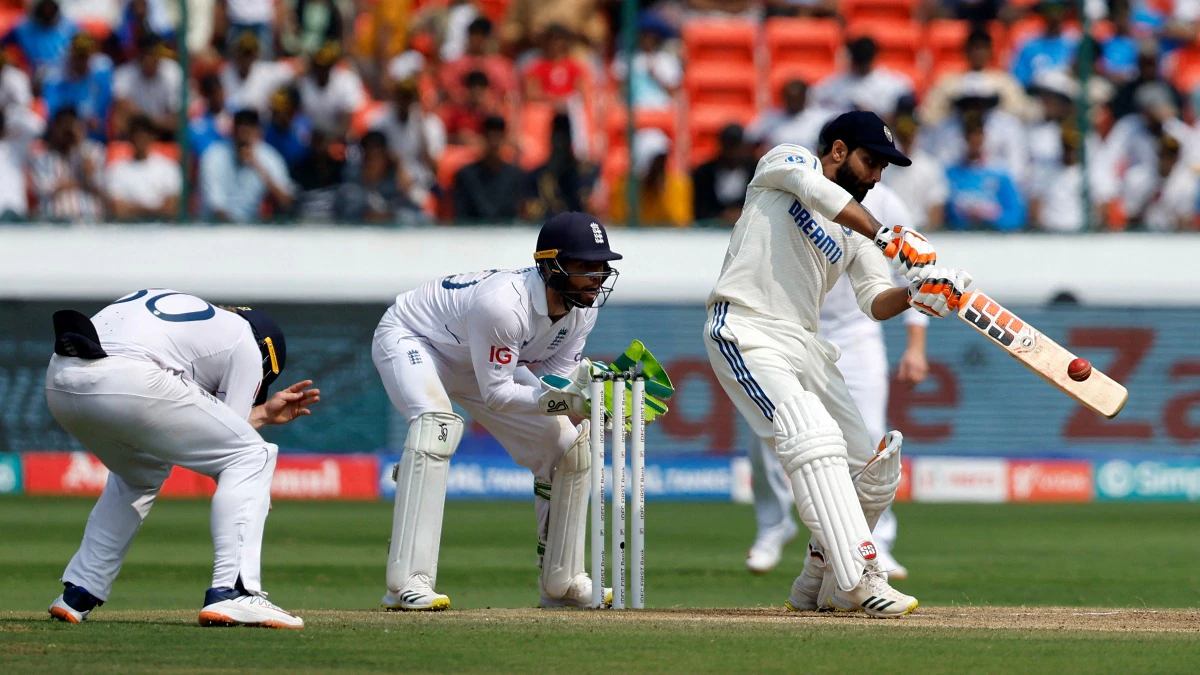After three riveting Test matches in the much-hyped Tendulkar-Anderson Trophy series, England may have edged ahead 2-1 with a nervy 22-run win at Lord’s, but the larger takeaway is far more heartening—for both sides and for the future of five-day Test cricket.
From the outset, this series was expected to test not just skills, but patience, character, and adaptability—especially with India fielding a relatively young side led by new skipper Shubman Gill. And so far, the players have shown encouraging signs of understanding what Test cricket truly demands: temperament, technique, and the tenacity to endure.
Let’s begin with the captain. Shubman Gill has taken charge with a quiet but resolute authority. His back-to-back centuries in the first two Tests weren’t just about runs; they were about intent and maturity. At a time when the easy route would have been to continue his flashy white-ball style, Gill chose the harder path—adapting, grinding, and anchoring. Though he faltered in the third Test, he’s already shown he belongs—not just as a batter, but as a leader of men.

India’s pace battery—Jasprit Bumrah, Mohammed Siraj, Akash Deep, and Prasidh Krishna—hasn’t let the team down, even when conditions favoured the opposition. What has stood out is their ability to hunt in packs. If one had an off day, the other picked up the slack. Bumrah’s relentless precision, Siraj’s intensity, Akash Deep’s deceptive pace, and Krishna’s bounce have all kept England honest.
Add to that the emergence of Nitish Kumar Reddy as a utility option—he may not have headline-grabbing figures yet, but his presence gives India a flexible balance, especially in a five-day format.

One of the most promising signs for India is the return of genuine all-round stability. Ravindra Jadeja remains the cornerstone, contributing crucial runs down the order and breaking partnerships at vital moments. His partnerships, especially with tailenders like Bumrah and Siraj, nearly pulled off a miracle at Lord’s. He has already got four fifties to his credit.
Washington Sundar’s quiet but confident presence in the lower-middle order has given India the depth it had sorely missed in previous overseas tours. Together, they’ve made it clear that Indian tailenders are no longer walkovers. They bat, they fight, and they frustrate.
The third Test at Lord’s will be remembered not just for England’s win, but for India’s defiance. Chasing 317 on a seaming deck, the match looked done and dusted at 197 for 7. What followed was a stirring 90-run stand between Jadeja, Bumrah, and Siraj—each of them showing technique under pressure and refusing to cave. It was the kind of lower-order resistance that separates a good team from a great Test side.
For years, India’s Achilles heel in overseas Tests has been the inability to compete in pressure fourth-innings chases. That might just be changing.
There has been some misplaced flak directed at India’s head coach Gautam Gambhir after the Lord’s loss. To those critics, I say—hold your horses. Gambhir and his support staff have clearly instilled the right approach: focus on staying at the wicket, play the long game, and adapt to red-ball rigour.
This series has already shown a visible shift away from reckless T20-style batting. For once, the Indian batters are not throwing their wickets trying to dominate every delivery. They are trusting their defence. And for that, the coach deserves more credit than criticism.
It would be unfair not to credit the English side. This is not just about Bazball anymore. England, too, has shown an evolved version of their game—aggression tempered with responsibility. Their bowlers have hit the right lengths, their field placements have been sharp, and their batters, led by Joe Root and Ollie Pope, have dug deep when it mattered.
This series has seen both teams match each other not just in flair, but in grit. That, more than the scoreline, is the real win.
In an era of truncated formats and instant gratification, the first three Tests of this series have been a reminder of why five-day cricket still matters. It challenges you physically, mentally, emotionally, and when played right, it rewards the patient and punishes the rash.
If India continues to back its young guns, support its coaching staff, and nurture the Test mindset, the 2-1 deficit can yet be reversed. This team is learning to stay, not just play.
And in the long run, that’s what wins you a great Test series.






